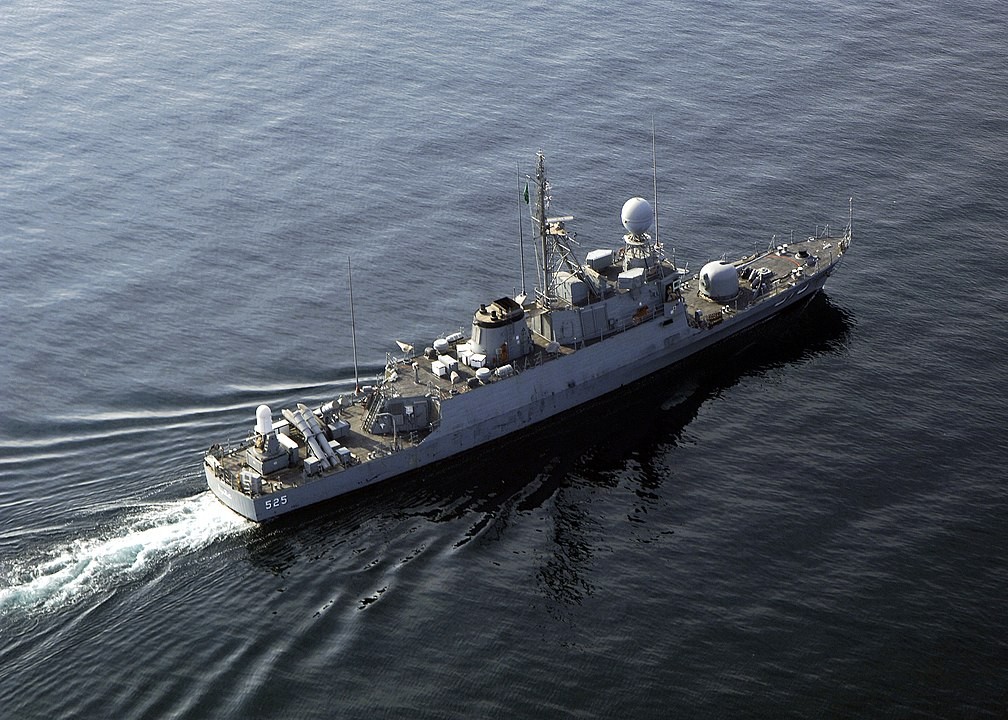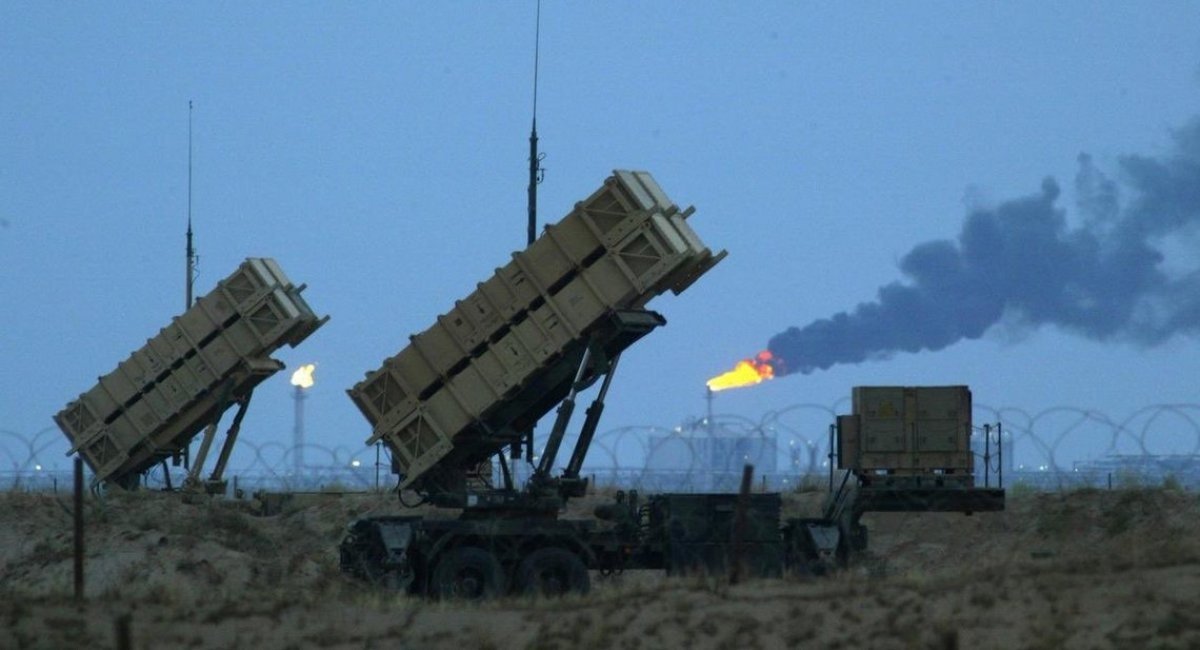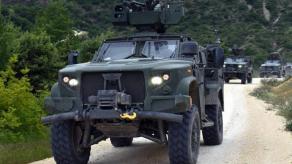Besides Ukraine, there is one more country constantly endangered by iranian kamikaze drones, Saudi Arabia. This Middle East kingdom is regularly shelled by Yemen's Houthis with the use of Shahed-type loitering munitions and ballistic missiles, both produced in iran. Although, a single strike is usually not as massive as in Ukraine – 10 drones and missiles combined in a single attack, at most.
According to the information shared by Defence24, the Saudi regular army and other forces have carried out a series of drills going by code name Tasaddi 5. The goal of the training was to work out "multidomain" protection of the power supply critical infrastructure of the country.
Read more: How to Counter Iranian Shahed-136 and Shahed-131 Kamikaze Drones, Used by russia to Strike Ukrainian Cities

There are not many details about these drills. Navy and some air defense units exercised power supply facilities from "kamikaze boats", ballistic missiles and loitering munitions of a "conventional enemy".
They were supported by the board guard forces and civilian representatives from the power supply business – Saudi Aramco and Aramco Gulf Operations Company. Notably, the scenario provided that an attack on critical infrastructure could be combined with a cyberattack against the mentioned facilities.
At first glance, Saudi forces did not "borrow" any of the tactics like the ones applied in Ukraine during countless, constant and deliberate russian attacks with "Shahed" drones and cruise missiles. But here we should pay attention to another aspect: it looks like the Ukrainian experience showed even such rich countries that first and foremost comes not a single multipotent weapon as a definite solution to air threats, but rather an effective combination of all means and capabilities available.

Because, for instance, Saudi Arabia had problems dealing with iranian ballistic missiles even despite having the rumored Patriot surface-to-air missile systems (108 fire units, according to The Military Balance 2022) and even E-3 Sentry AWACS airborne early warning radars, five aircraft in total.
Saudi Arabia also is proud of its Silent Hunter laser system, bought from China, which managed to take down all 13 Shahed-136 kamikaze drones during the aerial attack in October 2022. The price of the Silent Hunter system is not disclosed but may be over a few million dollars – quite the difference when compared to Ukrainian realities when a vast territory is protected with mostly cheap means like machine guns or man-portable missiles (there are still only few Western-provided advanced systems delivered to Ukraine yet).

Besides, Riyadh is currently in talks on procuring THAAD anti-missile systems and preparing appropriate settings to deploy these systems across the country. The emplacement platforms for the anti-missile systems should be complete around 2026-2028, and the terms for the delivery of THAAD are not disclosed.
The same Military Balance 2022 reference book says, Saudi Air Force has 81 F-15 fighters in modifications C and D, and 222 F-15 Typhoons positioned as "multirole attack aircraft."
In addition to the previously mentioned 108 Patriot systems, the air defenses of the Saudi army consist of 128 MIM-23B I-Hawk missile systems (16 battalions), 181 short-range systems Crotale and Shahine, and as many as 400 M1097 Avenger mobile systems.

Read more: How Much Time and Money will it Cost to Deploy Anti-Missile Defense if Ukraine Eventually Gets THAAD














